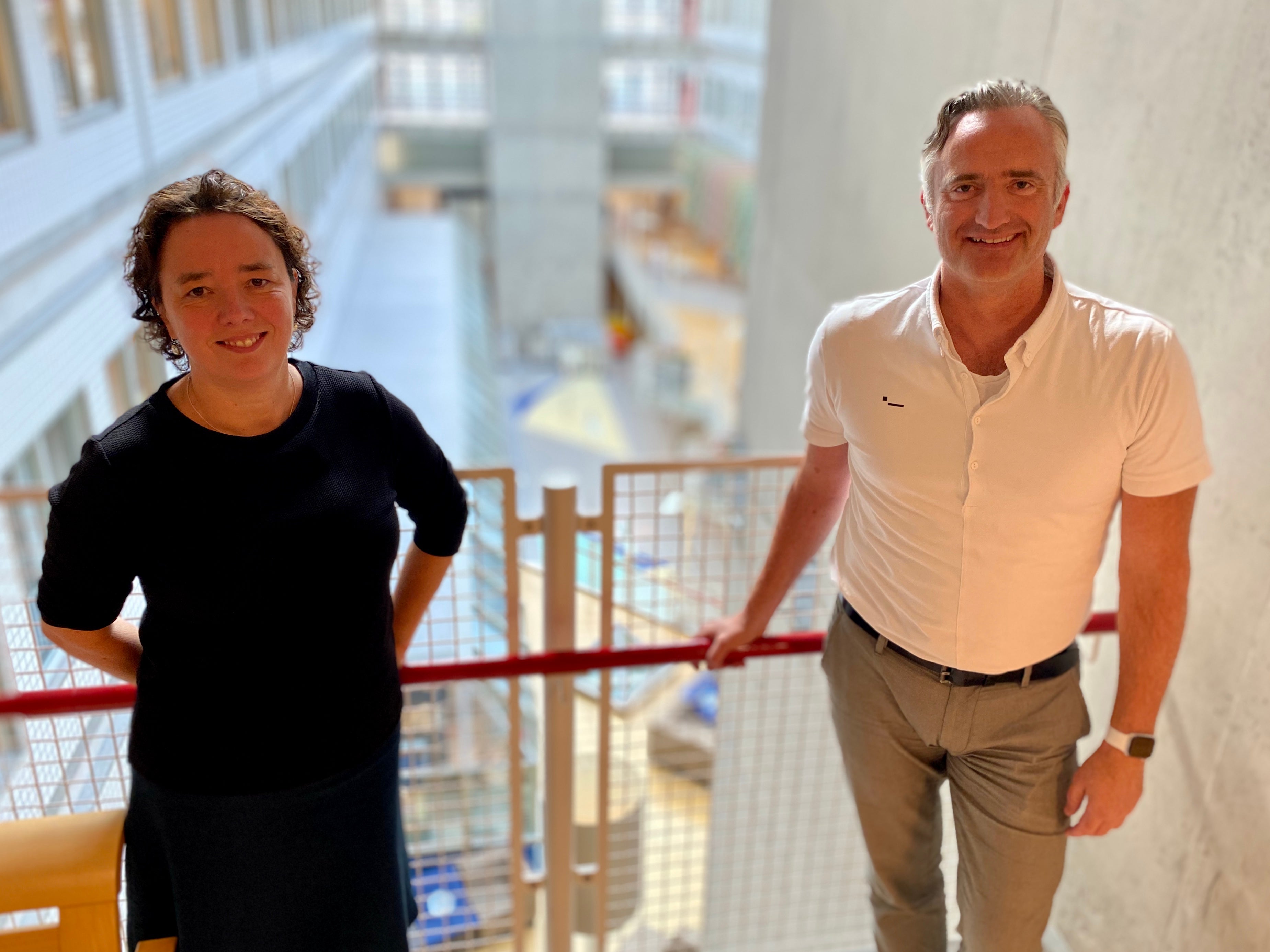Genes discovered that play a role in aneurysm
Genes discovered that play a role in aneurysm

To predict on the basis of genes who is at risk of an aneurysm in the head, that is the goal of Ynte Ruigrok, neurologist at the UMC Utrecht. It is not yet that far. However, with her colleagues in a large international consortium, she has discovered 17 areas on the DNA that contribute to this. The research was conducted under the direction of Ynte Ruigrok in collaboration with Jan Veldink, neurologist and professor of neurogenetics at the UMC Utrecht. Their findings were published in Nature Genetics on November 16.
Three percent of the Dutch population develop an aneurysm in the head. An aneurysm is a weakening in a blood vessel that can lead to the vessel’s rupture. If this happens in the head, blood leaks into the area between the skull and the brain: the subarachnoid space. This is a severe form of stroke that kills a third of patients.
Hereditary
One in ten patients with such an aneurysm have a family history of subarachnoid hemorrhages. Ynte Ruigrok: “We’ve already found six pieces of hereditary material, and with the results of our latest research we can now identify seventeen spots on the DNA.”
The DNA variations that have been found are in most cases common variations that each cause a small increase in the risk of a head aneurysm. “Many of these variations together can pose a substantial risk,” says Ynte. “With all the known variations on the DNA together, we can explain twenty percent of the genetic risk.”
This research is the world’s largest genetic study in the field of head aneurysms. The DNA of more than ten 10,000 patients was examined and compared with 300,000 random volunteers. UMC Utrecht worked together with doctors and researchers from fourteen countries in Europe, Asia and North America.
Antiepileptics
Above all, these results mean more knowledge of aneurysms. Ynte: “This research is a step forward in the whole complex field of genetic and environmental factors. For example, it is clear that most of these genetic abnormalities are related to the endothelium of the vascular wall, the layer on the inside. These are genetic leads for further research. It also seems that the protein structures of some of the genes involved have a link with antiepileptics. That could mean that these medications have an effect on it. That effect can be positive or negative, which requires further research, but could be a starting point for a treatment.”
In addition, this research shows that a genetic predisposition to high blood pressure and genetic sensitivity to smoking play an important role in the development of a head aneurysm. “We already knew from epidemiological research that these were risk factors of course, but now it can also be seen genetically.”
Predicting
Besides more knowledge of the role of genes in aneurysms, these results also help to predict who is at risk in the future. “We’re now working on analyses to determine the risk contribution of the various DNA abnormalities. This will hopefully enable us to make better predictions over time about which groups of people have a potentially increased risk of contracting the disease.”

